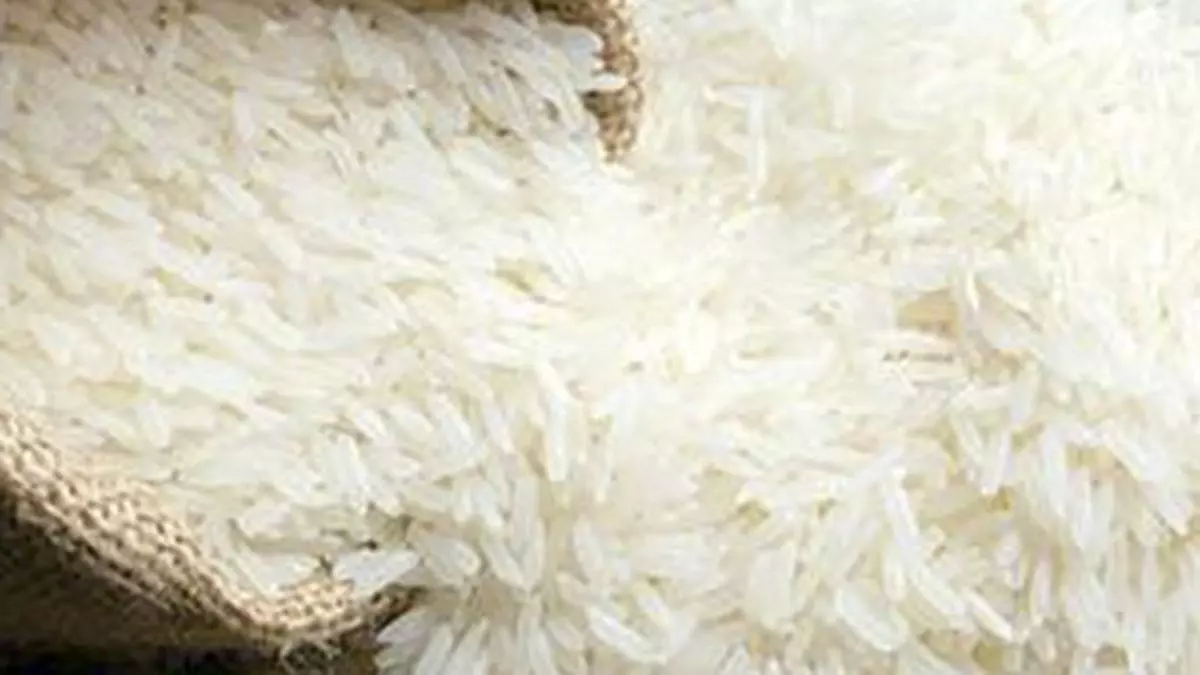India allows export of non-Basmati white rice to Mauritius
The central government has permitted exports of 14,000 tons of non-basmati white rice to Mauritius, an official notification showed. Notably, the export of non-Basmati white rice was prohibited in July 2023 to check domestic prices and ensure domestic food security.
The exports of rice to Mauritius are permitted through National Cooperative Exports Limited, the Directorate General of Foreign Trade said in its notification. Earlier, India allowed the export of such a variety of rice to Nepal, Cameroon, Cote d’Ivoire, the Republic of Guinea, Malaysia, Philippines, Seychelles, UAE, Singapore, Comoros, Madagascar, Equatorial Guinea, Egypt, and Kenya, though with varying quantities.
While initially amending the rice export policy, DGFT maintained that the export would be allowed based on permission granted by the government to other countries to meet their food security needs and based on the request of their government. West African country Benin is one of the major importers of non-basmati rice from India.
Other destination countries are UAE, Nepal, Bangladesh, China, Cote D’ Ivoire, Togo, Senegal, Guinea, Vietnam, Djibouti, Madagascar, Cameroon Somalia, Malaysia, and Liberia. In late August, India also introduced additional safeguards by way of imposing a minimum floor price on exports of basmati rice so as to prevent exports of non-basmati white rice, which had already been in the prohibited category since July.
The central government extended the 20 per cent export duty on parboiled rice until March 31, 2024. Rice that is partially boiled with husks is called parboiled rice. Initially, the duty was introduced on August 25, 2023, and was due to remain effective until October 16, 2023, aimed at maintaining adequate domestic availability and checking its price.
India in September 2022 banned the exports of broken rice and imposed a 20 per cent duty on exports of non-Basmati rice, except for parboiled rice, amid concerns about low production due to a fall in area under the paddy crop. It later lifted the ban in November.
